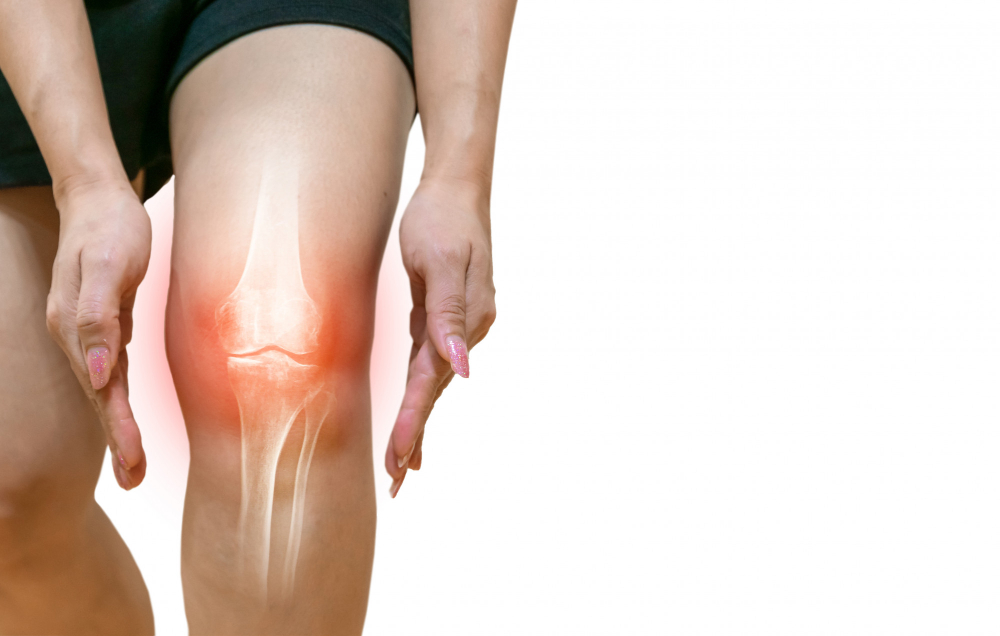
What are my options for pain relief?
You may find it difficult to engage in social activities and hobbies, which may result in low self-esteem. Sleep disturbances, fatigue, difficulty concentrating, decreased appetite, and mood changes are also common in people suffering from chronic pain.
Our patients have a variety of options for pain alleviation. It’s important to be aware of the non-invasive alternatives if you’ve been considering invasive services like surgery or medication. If you’re looking for an alternative to surgery or medicine, our clinic offers a variety of non-invasive services.
We offer pain relief for a wide range of conditions, including:

Arthritis
Arthritis can cause joint pain, swelling, stiffness, and reduced mobility, which may affect your strength and daily activities.
At our clinic, we offer evidence-based, non-surgical service options for arthritis. Our goal is to reduce pain, restore joint function, and help you return to normal movement without the need for surgery or long-term opioid use.
What Causes Arthritis?
Arthritis can develop for several reasons, depending on the type:
-
Osteoarthritis (OA): Caused by joint wear and tear from overuse or aging, most common in adults over 50.
-
Autoimmune arthritis: Conditions like rheumatoid arthritis, lupus, and scleroderma occur when the immune system attacks the body’s tissues.
-
Gout: Results from crystal buildup in the joints.
-
Genetic factors: Some types, such as ankylosing spondylitis, are linked to specific genetic markers (e.g., HLA-B27).
-
Other factors: Injuries, obesity, and muscle weakness can contribute.
Some types of arthritis have unknown causes.
How Is Arthritis Diagnosed?
At our clinic, we perform a comprehensive evaluation that includes:
-
Review of your medical history
-
Physical examination
-
Laboratory tests, including:
-
Antinuclear antibody (ANA) – checks antibody levels
-
Complete blood count (CBC) – evaluates red and white blood cells and platelets
-
Creatinine – screens for kidney function
-
Sedimentation rate – detects inflammation
-
Rheumatoid factor (RF) and CCP antibodies – assess rheumatoid arthritis
-
Uric acid – used to diagnose gout
-
Call us today to schedule a diagnostic evaluation and begin an effective, personalized arthritis service plan.
How Is Arthritis Treated?
Service depends on your symptoms, age, overall health, type of arthritis, and severity. Our medical team develops customized care plans to help reduce pain, improve function, and enhance quality of life.
We provide access to a comprehensive care team, including:
-
Orthopedists and rheumatologists
-
Physiatrists and primary care physicians
-
Rehabilitation nurses
-
Physical and occupational therapists
-
Dietitians, social workers, psychologists, and vocational or recreational therapists
When Should You Contact a Healthcare Provider?
Reach out to us if your symptoms worsen, change, or if new symptoms appear. Early evaluation helps prevent complications and ensures the most effective service.
Request an Appointment to start your personalized arthritis care today.
When should I call my healthcare provider?
Contact us if your symptoms worsen or if you develop new ones.

Neck Pain
Neck pain can significantly limit daily activities and reduce overall quality of life.
Symptoms may range from mild stiffness to severe pain that interferes with mobility, making routine tasks difficult. Chronic or recurring neck pain should be evaluated promptly by a healthcare professional to identify the underlying cause and recommend appropriate service.
Neck pain often originates from the cervical vertebrae, and because the neck has a wide range of motion and an exposed position, it is especially vulnerable to injury.
Neck pain may develop suddenly or gradually and can last for weeks, months, or longer. Pain can be constant or intermittent, but early evaluation is essential to prevent complications and support long-term recovery.
Neck pain can result from many different factors, and identifying the exact cause is essential for effective service. Common contributors include: Poor posture, prolonged screen time, or repetitive movements Muscle or ligament strain, sprains, or tears Degenerative changes in the cervical spine due to aging or stress Arthritis and other joint conditions Herniated or bulging cervical discs, pinched nerves, or spinal stenosis Trauma from accidents or falls Congenital spine or bone abnormalities Weak or imbalanced neck and upper back muscles Smoking, which impairs circulation and healing Less common causes such as infections, tumors, or other medical conditions Seek prompt medical evaluation if you experience: Severe or persistent neck pain that does not improve Pain after trauma or injury Tingling, numbness, or weakness radiating into the shoulders, arms, or hands Loss of coordination or changes in balance Fever or unexplained weight loss associated with neck pain Early diagnosis is important to prevent complications and guide appropriate service. While surgery or long-term medications may be necessary in some cases, many patients benefit from non-surgical, evidence-based services. At our clinic, care is focused on restoring the function of the cervical spine and surrounding tissues. Service goals include: Reducing pain and inflammation Improving mobility and range of motion Strengthening supportive muscles Restoring posture and spinal alignment Each patient receives a personalized service plan following a comprehensive medical evaluation. Progress is closely monitored to ensure safe, effective, and lasting results. Our approach is designed to help patients return to daily activities, avoid invasive procedures, and improve overall quality of life.Causes of Neck Pain
When to Contact a Healthcare Provider
Service for Neck Pain
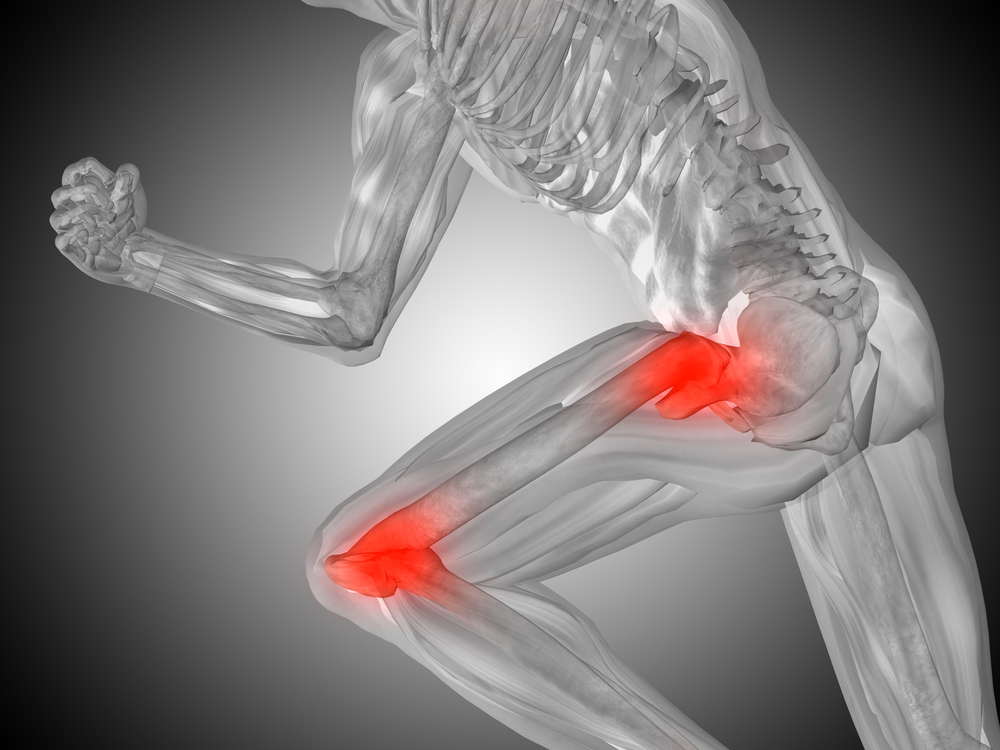
Hip & Knee Pain
Even routine activities can become painful when you are experiencing knee or hip discomfort.
The hips and knees play a critical role in stability and mobility during walking and other daily movements. Pain or dysfunction in these joints can result from injury, arthritis, or general wear and tear.
Hip and knee pain can also lead to reduced mobility, muscle weakness, difficulty bearing weight, and challenges with movements such as rising from a chair. Early evaluation and targeted service can help restore function and improve quality of life.
Even simple daily activities can become painful when dealing with hip or knee discomfort. The hips and knees are essential for stability and mobility, and pain in these joints can result from injury, arthritis, overuse, or age-related changes. Pain may also cause reduced mobility, muscle weakness, difficulty bearing weight, or trouble performing everyday tasks such as climbing stairs or rising from a chair. Hip pain can arise from several conditions: Tendonitis: inflammation of tendons causing acute pain Arthritis: joint pain, stiffness, and reduced mobility Osteoarthritis: cartilage degeneration leading to joint wear Rheumatoid arthritis: autoimmune joint inflammation Bursitis: inflammation of the fluid-filled sacs near the hip joint Injury or trauma: fractures, overuse, or poor posture Chronic knee pain can develop gradually or result from multiple factors. Common causes include: Osteoarthritis: joint degeneration and inflammation Tendinitis: pain aggravated by activity or climbing stairs Bursitis: inflammation from overuse or injury Chondromalacia patella: cartilage damage under the kneecap Gout: uric acid buildup in the joint Meniscus or ligament tears: including ACL injuries Baker’s cyst: fluid buildup behind the knee Bone tumors: such as osteosarcoma Dislocation: trauma-related kneecap displacement Contact a healthcare professional promptly if you experience: Persistent or worsening pain Swelling, tenderness, warmth, or redness in the joint Deformity or severe bruising Fever or signs of infection Pain accompanied by weakness, numbness, or inability to bear weight Early evaluation is important to prevent complications such as joint deformity or osteoarthritis caused by untreated conditions like septic arthritis. Our medical team develops personalized service plans to reduce pain, restore function, and improve mobility. While some approaches include medications or surgery, many patients prefer non-surgical options. Physical therapy: strengthens muscles and improves joint function Targeted rehabilitation: improves flexibility, range of motion, and strength Our goal is to help patients return to daily activities, maintain independence, and avoid unnecessary surgery or long-term medication. Request a consultation today to find the right solution for hip or knee pain and regain your mobility.Hip and Knee Pain
Causes of Hip Pain
Causes of Chronic Knee Pain
When to Seek Care
Service for Hip and Knee Pain
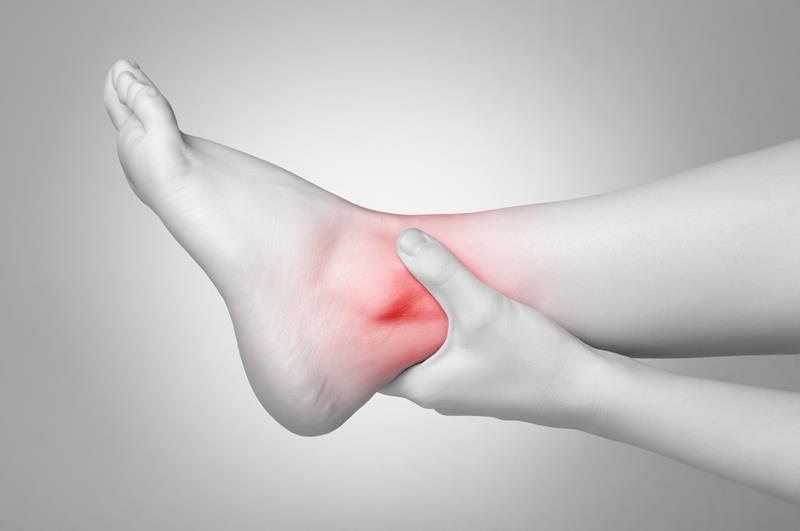
Joint Pain
For patients experiencing chronic joint pain, our clinic is dedicated to providing effective, non-surgical, and drug-free service options.
Many people with joint discomfort struggle to manage pain with over-the-counter medications, which often fail to restore full function. Some rely on prescription painkillers but are looking for alternatives that do not require long-term use.
Our non-invasive, evidence-based therapies help reduce joint pain, improve mobility, and allow patients to return to their daily activities safely and naturally.
Causes of Joint Pain
Joint pain can arise from a variety of conditions, including:
-
Arthritis: osteoarthritis (OA) or rheumatoid arthritis (RA)
-
Bursitis: inflammation of the cushioning pads around joints
-
Gout: uric acid buildup in the joints
-
Tendinitis: inflammation of tendons
-
Chondromalacia patella: cartilage breakdown under the kneecap
-
Injuries or overuse: trauma or repetitive strain
-
Infections: bacterial or viral infections affecting joints
-
Other medical conditions: lupus, osteoporosis, sarcoidosis, or certain cancers
Joint pain may develop gradually over time or appear suddenly after injury. It can affect mobility, limit daily activities, and reduce overall quality of life.
Service for Joint Pain
Our clinic specializes in non-surgical services designed to reduce pain, restore function, and improve joint health. These therapies can help patients avoid more invasive procedures, such as joint replacement or long-term use of prescription pain medications.
-
PRP (Platelet Rich Plasma) Therapy: Uses your body’s own platelets and growth factors to support natural healing in joints
-
Personalized Care Plans: Tailored to the cause, location, and severity of your pain
These services can help restore mobility, improve strength, and allow you to resume daily activities with less pain.
Call us today to schedule a consultation and explore safe, effective, long-term solutions for joint pain.
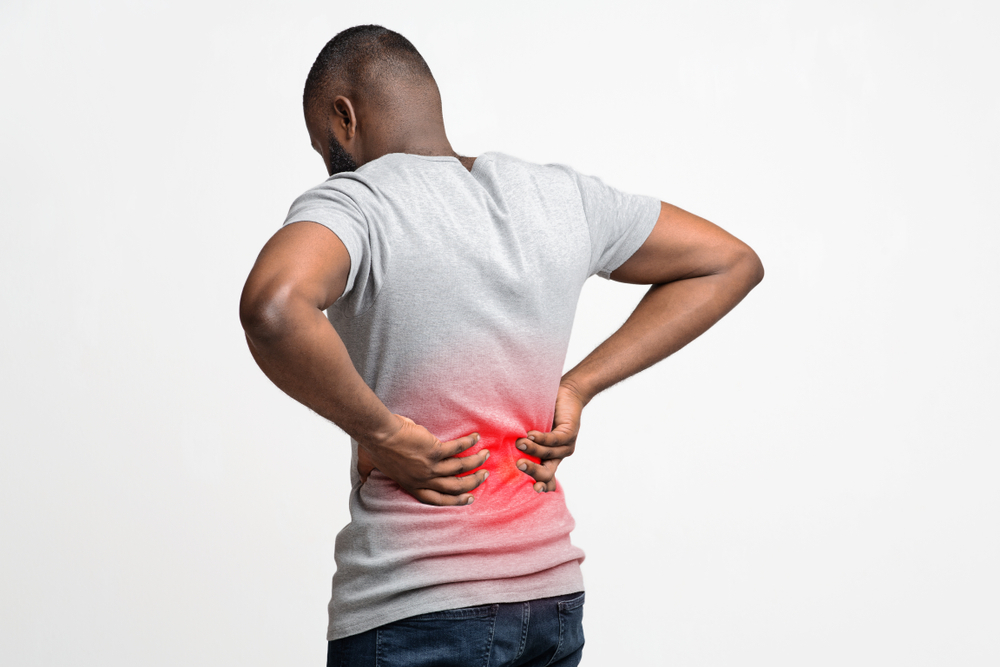
Lower Back Pain
Lower back pain can make even the most basic tasks difficult, such as sleeping.
Adults between 30 and 50 are particularly prone to lower back discomfort, partly due to natural age-related changes in the spine. As we age, the fluid content between vertebrae decreases, which can reduce flexibility and increase susceptibility to strain or injury.
Our clinic provides natural, non-surgical service options for lower back pain, shoulder pain, and other chronic musculoskeletal conditions. With our therapies, you can restore mobility and function without surgery or long-term reliance on pain medications.
Causes of Lower Back Pain
Lower back pain is one of the most common causes of disability worldwide and can result from a variety of factors, including muscle imbalances, poor posture, and abnormal biomechanics.
Common causes and conditions include:
-
Strains: Stretching or tearing of back muscles and ligaments
-
Disc injuries: Herniated or degenerative discs
-
Sciatica: Nerve pain caused by disc pressure on the sciatic nerve
-
Spinal stenosis: Narrowing of the spinal column that compresses nerves
-
Abnormal spinal curvatures: Scoliosis, kyphosis, or lordosis
-
Arthritis: Inflammation of spinal joints
-
Spondylitis and spondylosis: Inflammation or degeneration of spinal joints
Other health conditions that can contribute to lower back pain include kidney or bladder issues, pregnancy, endometriosis, ovarian cysts, uterine fibroids, and certain cancers.
When to Seek Care
Contact a healthcare professional if you notice:
-
Pain radiating to the legs or worsening in intensity
-
Pain medications are no longer effective
-
Pain interferes with daily activities or mobility
Early evaluation helps prevent further complications and ensures effective service.
Service for Lower Back and Shoulder Pain
Our clinic specializes in non-surgical, drug-free services that restore mobility, reduce pain, and improve quality of life. We focus on identifying the underlying causes of your discomfort and developing personalized care plans.
Service may include:
-
Manual therapies and spinal manipulation
-
Therapeutic massage
-
Stretching and strengthening exercises
-
Personalized rehabilitation programs to restore function
Our goal is to help you regain mobility, reduce pain, and return to daily activities without the need for invasive procedures or long-term medications.
Put an end to lower back discomfort—schedule a consultation today and reclaim your life.

Headaches & Migraines
Frequent or severe headaches, including migraines, can significantly affect daily life and overall well-being.
A headache refers to pain in any part of the head. While many headaches are mild and resolve on their own, persistent or intense headaches can interfere with work, hobbies, and routine activities. With proper evaluation and service, these headaches can often be managed or eliminated.
At our clinic, we treat headaches caused by musculoskeletal issues as well as other underlying factors.
Headaches and Migraines
Headaches and migraines can significantly affect daily life and overall well-being. They often involve changes in nerve activity, blood flow, and brain signaling. While many headaches are mild, frequent or severe headaches—including migraines—can interfere with work, school, and everyday activities.
Common headaches types we address include:
-
Tension-type headaches
-
Migraines
-
Cluster headaches
-
Secondary headaches related to infection, fever, or other medical conditions
-
Cranial neuralgias and facial pain
Our team focuses on non-drug, non-invasive approaches to reduce headache frequency and intensity, improve function, and enhance quality of life.
Common Triggers
Headaches and migraines can be triggered by:
-
Bright or flashing lights
-
Extreme temperatures or weather changes
-
Dehydration
-
Barometric pressure shifts
-
Hormonal fluctuations, particularly during menstruation, pregnancy, or menopause
-
Stress or anxiety
-
Loud noises
-
Intense physical activity
-
Skipping meals
-
Changes in sleep patterns
-
Certain medications (e.g., oral contraceptives or nitroglycerin)
-
Strong smells or certain foods
-
Alcohol or tobacco use
-
Travel or changes in routine
Service Options
Our clinic provides personalized service plans to reduce the frequency, severity, and impact of headaches and migraines. Approaches may include:
-
Lifestyle adjustments: managing stress and avoiding triggers
-
Medications: over-the-counter or prescription preventive and acute therapies, including service for associated nausea
-
Hormone management: if headaches or migraines are linked to menstrual cycles
-
Alternative care: acupuncture, acupressure, or meditation
-
Counseling or behavioral therapy: to support coping strategies
Service plans are tailored based on each patient’s age, headache or migraine frequency, severity, and overall health.
When to Seek Care
Schedule a consultation if:
-
Headaches or migraines are frequent or worsening
-
Over-the-counter services are ineffective
-
Headaches interfere with daily life, work, or school
Early evaluation helps identify triggers, optimize service, and improve quality of life.
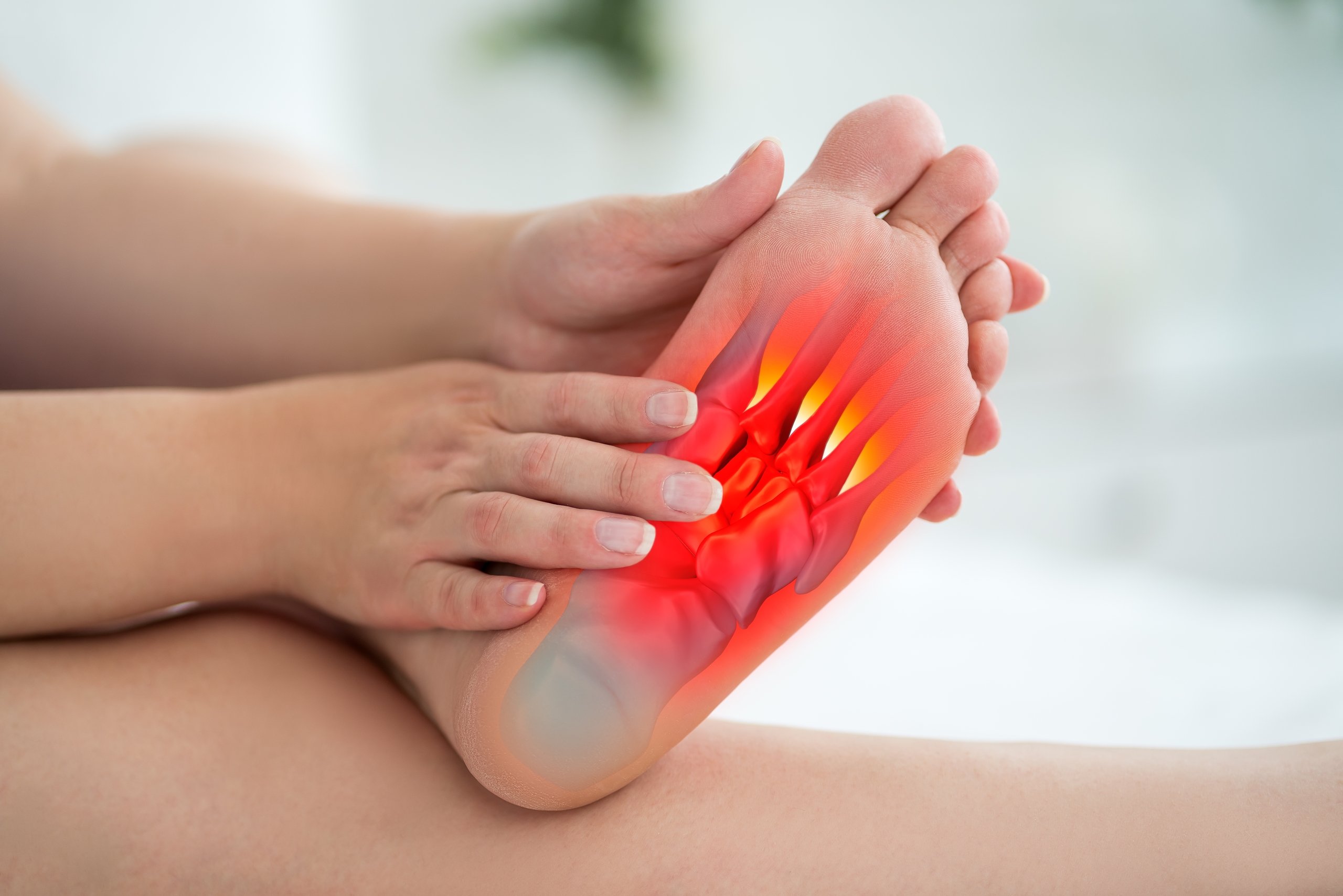
Plantar Fasciitis
Plantar fasciitis is a common condition causing pain and inflammation in the band of tissue along the bottom of the foot, making standing, walking, or exercising difficult and limiting daily activities.
Our clinic offers non-surgical, evidence-based services to relieve plantar fasciitis pain and restore function. Care options include targeted stretching and strengthening exercises, custom orthotics, and manual therapy. Service plans are personalized to reduce pain, improve mobility, and help patients resume normal activities safely.
Causes
Plantar fasciitis can develop due to:
-
Repetitive stress from running, walking, or standing for long periods
-
Foot mechanics, such as flat feet, high arches, or an abnormal gait
-
Obesity, which increases pressure on the plantar fascia
-
Tight calf muscles or Achilles tendon
-
Age-related wear and tear
Symptoms
Common symptoms include:
-
Sharp, stabbing heel pain, especially with the first steps in the morning
-
Pain that worsens after prolonged activity or standing
-
Swelling or tenderness at the bottom of the heel
-
Difficulty walking or performing normal daily activities
Service Options
Our clinic provides non-surgical, evidence-based services to relieve plantar fasciitis pain and restore function:
-
Targeted stretching and strengthening exercises
-
Custom orthotics or supportive footwear recommendations
-
Manual therapy and soft tissue mobilization
-
Physical therapy programs designed to restore mobility and reduce inflammation
When to Seek Care
See a healthcare professional if:
-
Heel pain persists for more than a few weeks
-
Pain interferes with walking, exercise, or daily activities
-
Over-the-counter pain relievers are no longer effective
Early intervention can relieve pain, prevent chronic issues, and restore mobility.
Call us today to schedule a consultation and get back on your feet comfortably.

Sciatica
Sciatica causes sudden, often severe pain that can lead to long-term disability, frequently accompanied by tingling, numbness, or muscle weakness in the leg, making standing and walking difficult.
Simply put, sciatica reduces your quality of life.
Anyone suffering from Sciatica can find all-natural pain relief options at our clinic. You won’t need surgery or opioids if you work with us, and we’ll be able to improve your life right away.
Causes of Sciatica
Sciatica occurs when the sciatic nerve is irritated or compressed, leading to pain, tingling, or numbness that radiates from the lower back down the leg. Common causes include:
-
Herniated or bulging discs – discs pressing on nerve roots
-
Spinal stenosis – narrowing of the spinal canal
-
Spondylolisthesis – slippage of a vertebra over another
-
Piriformis syndrome – tightness or spasms in the piriformis muscle irritating the sciatic nerve
-
Injury or trauma – falls or accidents affecting the spine
-
Tumors – rare growths affecting the spinal nerves
When to Seek Care
Contact our clinic promptly if you experience:
-
Increasing pain or worsening symptoms
-
Numbness, tingling, or weakness in the leg
-
Loss of bladder or bowel control
-
Pain that returns after prior service
Early evaluation helps prevent complications and improves outcomes.
Sciatica Service Options
Our clinic specializes in non-surgical, integrative approaches for managing sciatica, including:
-
Targeted physical therapy and exercises – to strengthen supporting muscles and restore mobility
-
Spinal manipulation or chiropractic care – to improve spinal alignment and function
-
Massage therapy – to relieve pressure, reduce muscle tension, and improve circulation
-
Lifestyle and activity guidance – to maintain mobility safely and reduce flare-ups
Service plans are tailored to each patient’s symptoms, severity, and goals, focusing on reducing pain, restoring function, and avoiding surgery whenever possible.
Next Steps
If you are experiencing sciatica pain, call our clinic to schedule a consultation. Early intervention can relieve discomfort, improve mobility, and help you return to daily activities safely.
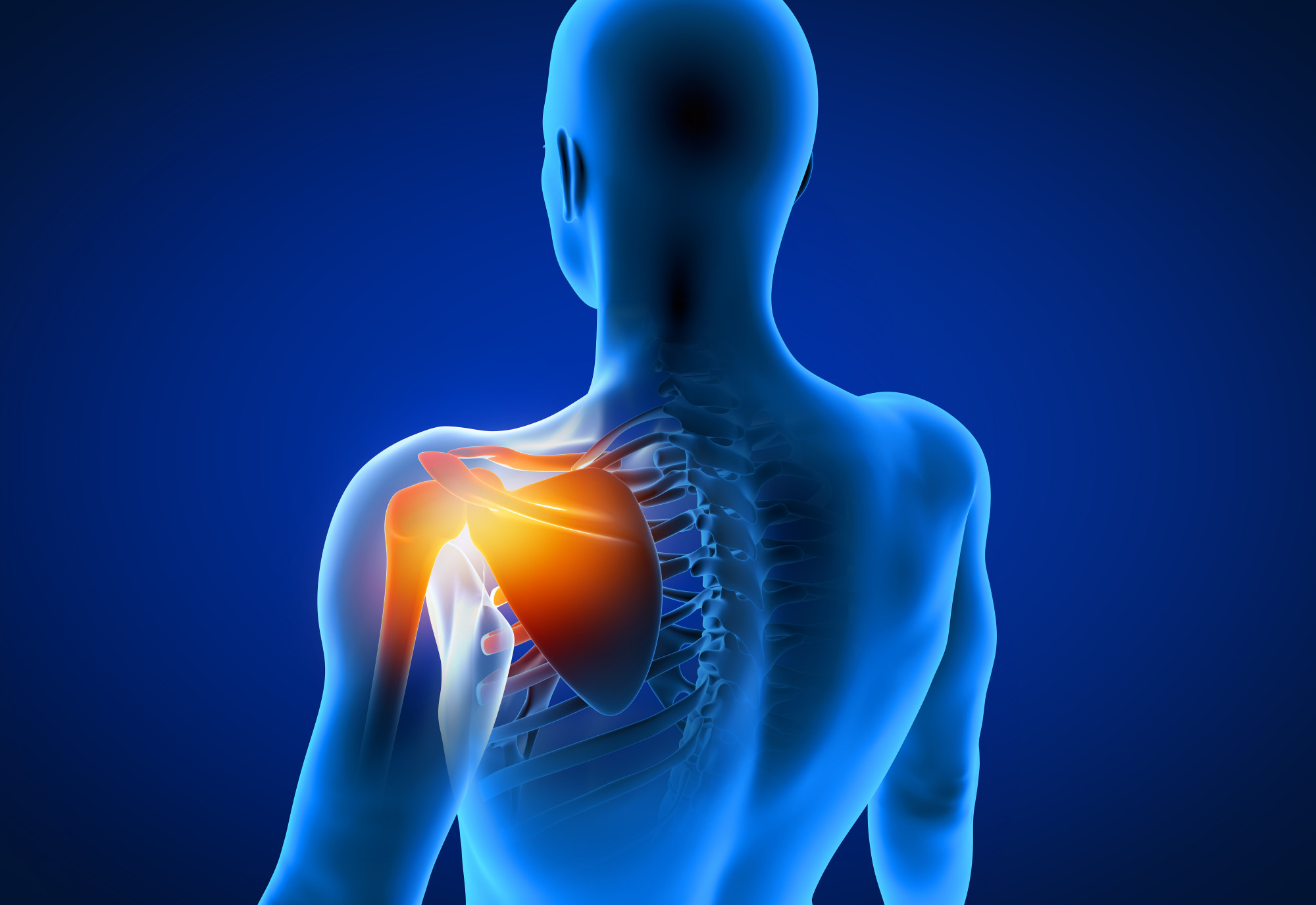
Shoulder Pain
The shoulder has a wide and flexible range of motion, and when it is injured or impaired, it can cause significant pain and limit your ability to move freely.
Anyone suffering from shoulder pain or other chronic problems can benefit from our all-natural pain management choices. With our help, you won’t have to undergo surgery or take opioids to get your arm working again.
Because of its wide range of motion, the shoulder is one of the body’s most unstable joints. Injuries might occur because the ball of the upper arm is larger than the shoulder socket. It is also necessary to support the shoulder joint with soft tissues such as muscles, tendons, and ligaments that are prone to damage as well as overuse or underuse.
Shoulder difficulties can be exacerbated or accompanied by discomfort that radiates to the shoulder from other parts of the body due to degenerative disorders or diseases.
The following are some of the most common shoulder problems:
- Dislocation
- Separation
- Impingement syndrome
- Tendinosis
- Rotator cuff tear
- Adhesive capsulitis (frozen shoulder)
- Fracture
- Inflamed bursae
- Arthritis inflammation
How soon should I contact a doctor if I’m experiencing discomfort in my upper back or shoulders?
A physician should be seen if pain or limited range of motion persists in the shoulder. Any of the following conditions should be reported to our clinic for immediate attention:
- Having a hard time moving one’s arm when clothing oneself
- Inability to go to the top of a tall bookcase
- It hurts to lift or carry things
- Pushing, yanking, or reaching causes excruciating pain.
- Pain at the back of the neck at rest
Emergency services should be called immediately if your shoulder discomfort is sudden and unrelated to an incident, as it could indicate a heart attack or other medical emergency.
What is the best way to deal with a sore shoulder?
Regardless of your condition or amount of pain, our clinic’s service can help alleviate your shoulder pain, allowing you to move more freely and comfortably.
A wide range of shoulder pain disorders can be treated and managed by our medical experts. Shoulder pain can be accurately diagnosed and treated using a variety of methods, including manual therapy techniques and exercises prescribed by your doctor.
Some of the most common types of service for shoulder pain include:
- Lifting and carrying are examples of practical actions.
- Physical therapy.
- Manipulation of the soft tissues
- Injections of the trigger points
- Stretching
- Exercises to build muscle
- Injecting the joints
- Exercising one’s range of motion
Let go of your shoulder ache, and get your life back on track. To request an appointment, please get in touch with our office.
